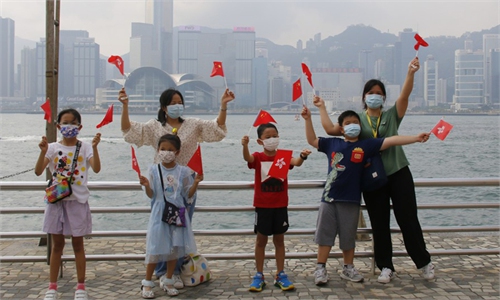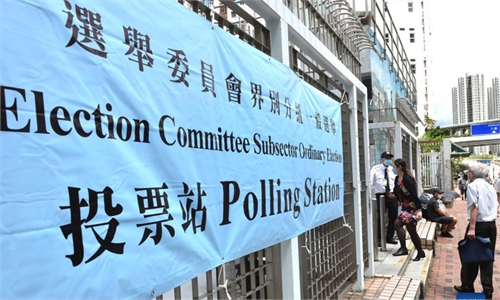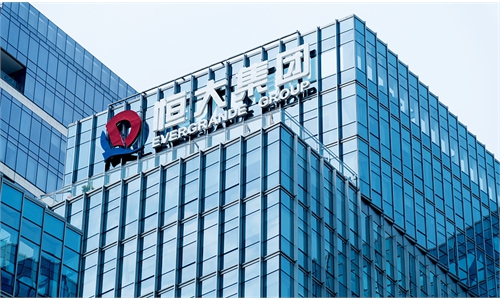ARTS / CULTURE & LEISURE
New education mode boosts development of China’s Greater Bay Area
Strength through integration
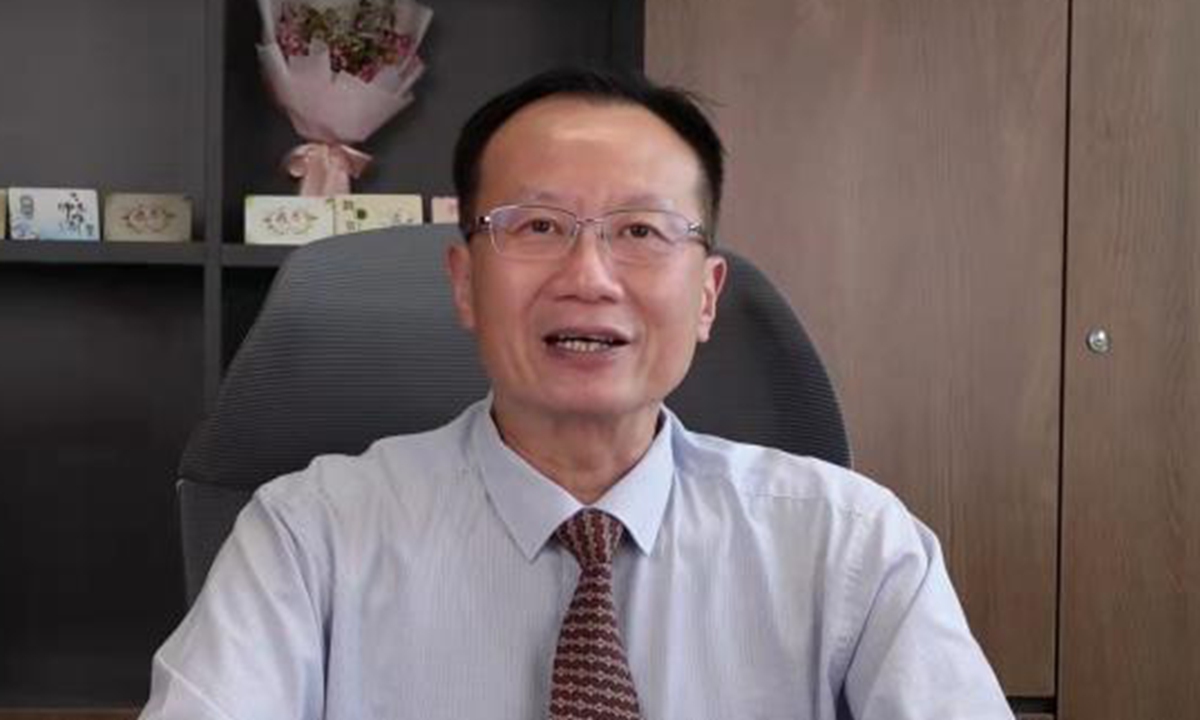
Principal Tommy Wong Tang-tat Photo: Courtesy of the Shenzhen Hong Kong Pui Kiu College Longhua Xinyi School
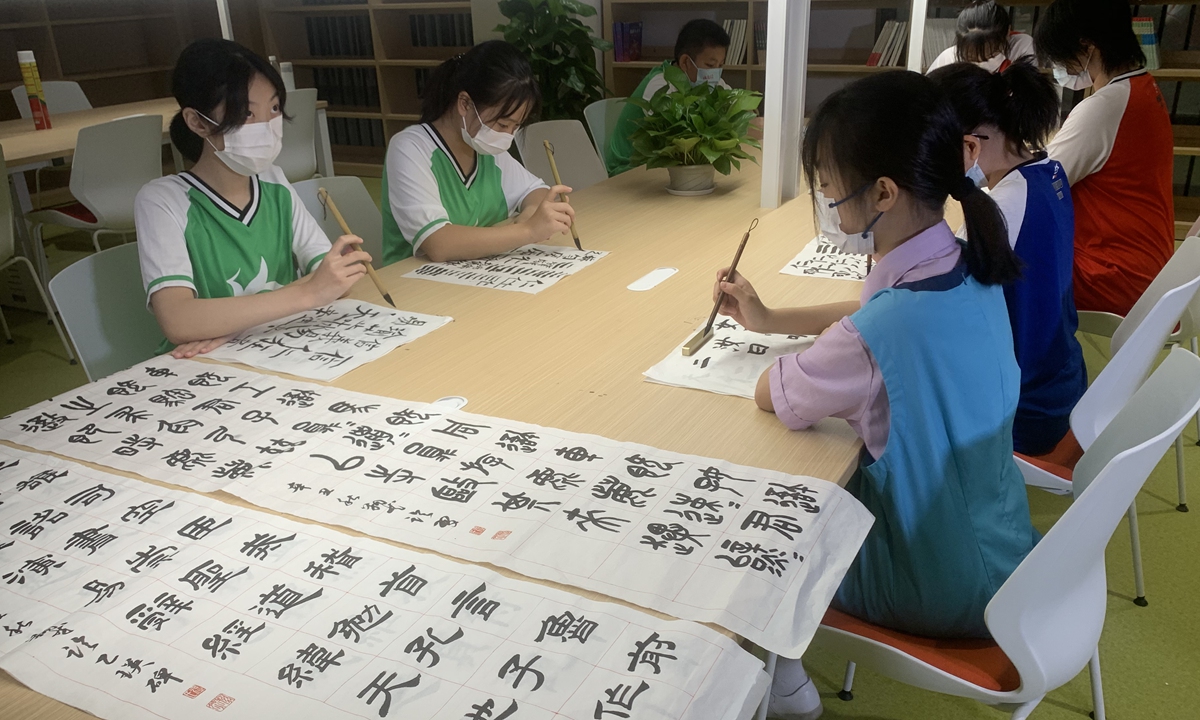
Students attend classes at the Shenzhen Hong Kong Pui Kiu College Longhua Xinyi School in Shenzhen, South China's Guangdong Province. Photo: Courtesy of the Shenzhen Hong Kong Pui Kiu College Longhua Xinyi School
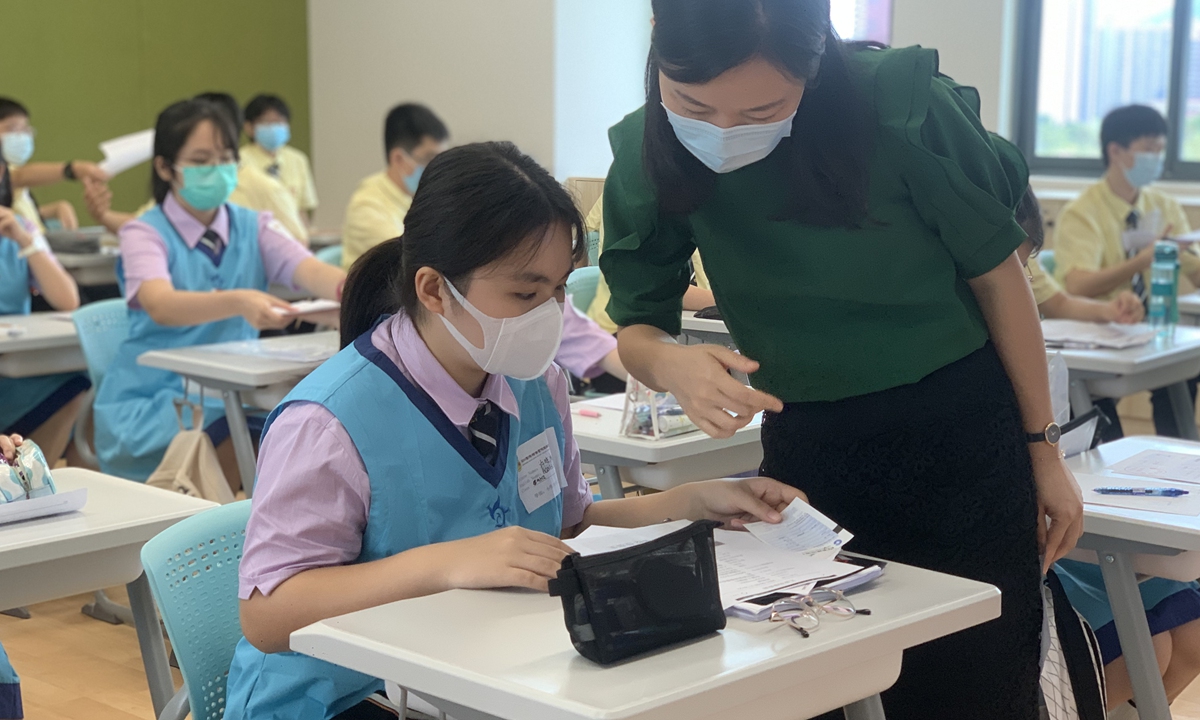
Students attend classes at the Shenzhen Hong Kong Pui Kiu College Longhua Xinyi School in Shenzhen, South China's Guangdong Province. Photo: Courtesy of the Shenzhen Hong Kong Pui Kiu College Longhua Xinyi School
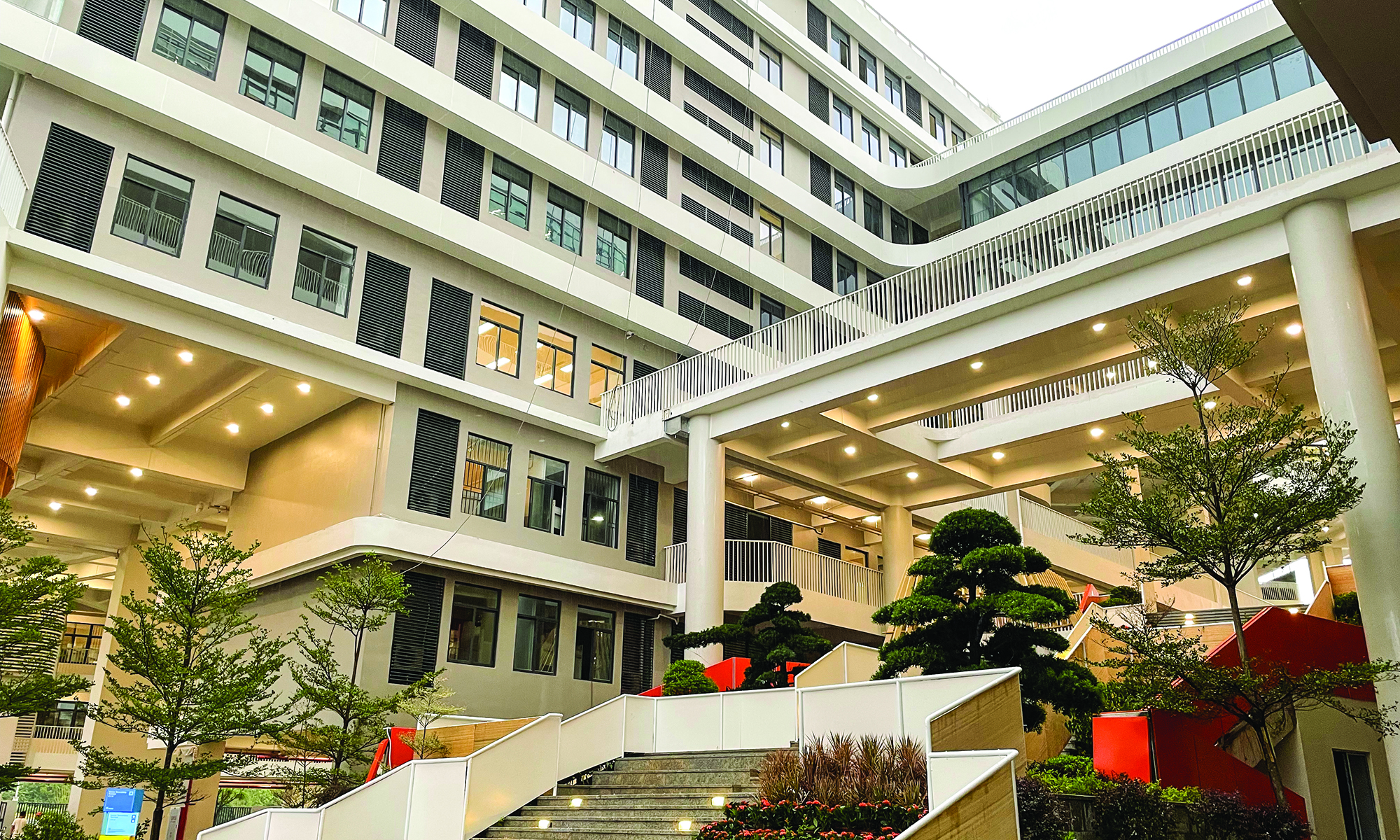
The teaching building at the Shenzhen Hong Kong Pui Kiu College Longhua Xinyi School Photo: Courtesy of the Shenzhen Hong Kong Pui Kiu College Longhua Xinyi School
Two months into a new semester and everything in the newly built unique school in the Guangdong-Hong Kong-Macao Greater Bay Area (GBA) has gradually fallen into place.The Shenzhen Hong Kong Pui Kiu College Longhua Xinyi School (shortened as Pui Kiu College Xinyi School) based in Shenzhen, South China's Guangdong Province, "was born" from an increase in the number of Hong Kong students with parents working in the Chinese mainland choosing to study here. Meanwhile, mainland students planning to further study in Hong Kong can enjoy flexible and stable curriculum here.
It is the only school in China that teaches both the mainland curriculum and Hong Kong curriculum and a K12 small class that provides diversified pathways for further study.
"I understand that there are actually a large number of students of Hong Kong families who have very urgent needs in education here, and this is how the school could attract me," Principal of Hong Kong Curriculum, Tommy Wong Tang-tat told the Global Times.
He emphasized that the integration between Shenzhen and Hong Kong and also the development of GBA would be one of the major directions for the development of the country.
A unique school
Covering 45,037 square meters, the school's campus and various supporting facilities cost 1 billion yuan ($156 million) to build.
Currently, Pui Kiu College Xinyi School has recruited overseas teachers and teachers from the mainland and Hong Kong. Among them, more than 50 percent have a doctoral and master degree, and about 50 percent of teachers have experience studying abroad and teaching in Hong Kong or overseas.
According to Wong, teachers of Hong Kong Curriculum were recruited according to the requirements set by the Education Bureau in Hong Kong, and many teachers coming here are for the integration and development of the GBA.
"Besides their academic achievement and background, we would like to recruit those whose hearts are really into the contribution to education and our home country: China."
Overseas teachers must hold a TESOL certificate and the school prefers to recruit those who can understand Chinese culture and also have some experience teaching Chinese students.
Students from Hong Kong and the mainland can choose the courses that fit them, which are mainly divided into three directions - courses aimed at the education system in the mainland, Hong Kong and overseas respectively.
The school currently has 37 classes, including 31 Hong Kong classes and six mainland classes, with about 1,300 students in total.
Though students from the mainland and Hong Kong come from different backgrounds, Wong said they get along with each other very well. Hong Kong students have already got used to their new lifestyles in the new semester, and they work very well with kids from the mainland, especially the secondary students whom they live with in the school's dormitory.
"You may not believe it, but some of the Hong Kong students choose the mainland curriculum and they go to the same classes and live in the same dormitories. I actually haven't heard any arguments between them," said Wong.
Talking about the curriculum, Wong said they have integrated the strengths of the curriculum of the mainland - the curriculum on ethics like Confucianism - and that of Hong Kong - the curriculum in English teaching - into one. "I visited some mainland schools before, and the students were very polite. Whenever I meet them, they say 'good morning' and 'good afternoon,' even though I don't know them well, and that is what I appreciate," said Wong.
Future trends
As a newly built school, it has taken time for both the faculty and students to adjust. But the school is now operating smoothly, including when it comes to its anti-pandemic measures.
"We follow the instructions given by the local government, like the students needing to wear face masks at school. We also do all the necessary daily cleaning and also a quick cleaning at the teaching buildings and dormitories during weekends. Parents coming to the school need to show negative nucleic acid test."
"We are quite restrictive, and I think we manage it very well. Our parents are very cooperative. They all understand why we set up such a restrictive rule," Wong added.
Wong also pointed out that the setup of this school mainly depends on demand and also the support of the governments both in the mainland and Hong Kong. "I believe that more people from Hong Kong would come to Shenzhen or other places in the GBA and work here. And their kids would like to continue their studies with the Hong Kong curriculum. From the about 8,000 applications we received, I think maybe five or six more schools like our school could meet the demand."
"The integration between Shenzhen and Hong Kong and the GBA is very important for the development of the country as a whole," he said.

